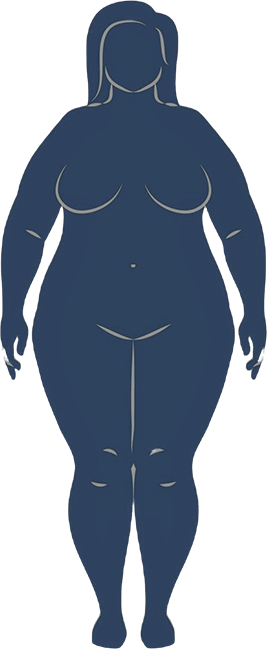About the Procedure
Surgical treatment of Lipedema is performed using Water-Jet Assisted Liposuction (WAL), a lymph sparing Liposuction performed using local tumescent anesthesia (not general). During a WAL procedure, a fan-shaped water jet is directed at the subcutaneous space in order to separate the fat cells from the tissue. At the same time the injected fluid, along with the detached fat cells, is suctioned off mechanically by means of a defined vacuum pressure. Research shows lymph sparing Liposuction yields good long term results in reduction of Lipedema pain and in stopping the progression of Lipedema.
Aftercare and Recovery
Depending on the amount of fat removed and a patient’s overall health, an overnight stay in the hospital may be needed for observation purposes; however, most WAL procedures are performed on an outpatient basis. Patients should expect bruising, swelling and soreness for a few weeks while wearing compression garments. Patients should also maintain a proper diet and exercise plan.
Schedule a Consultation